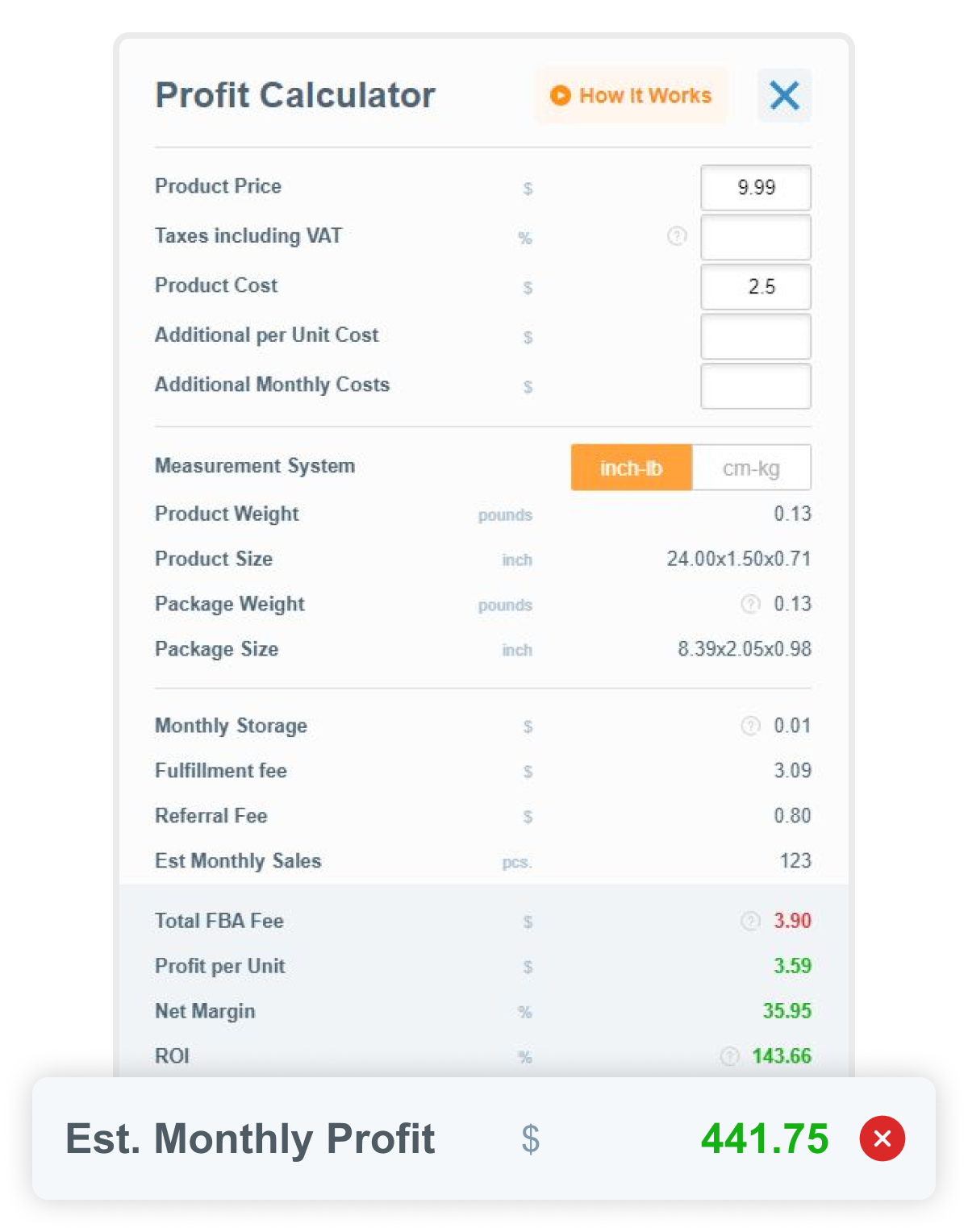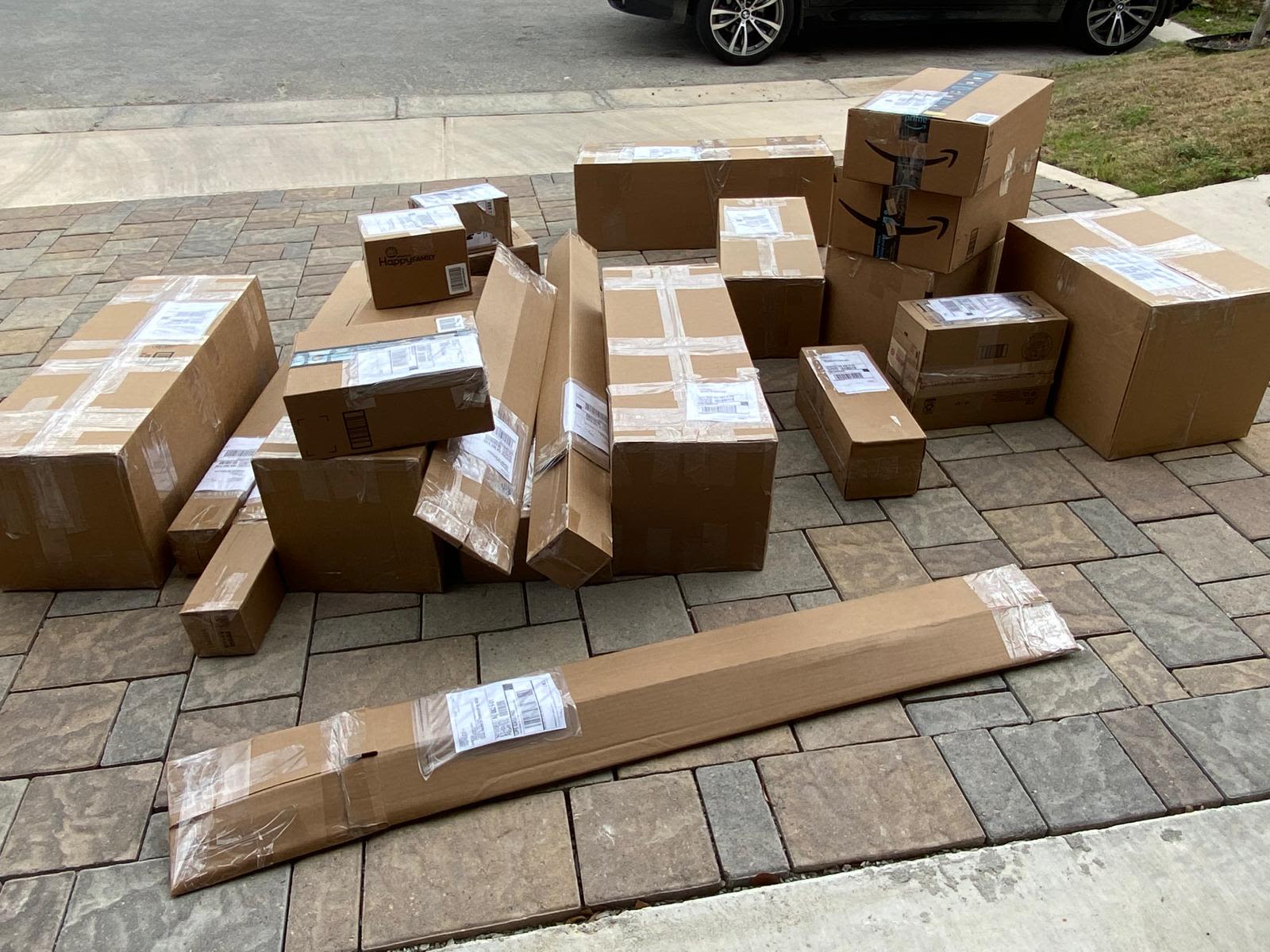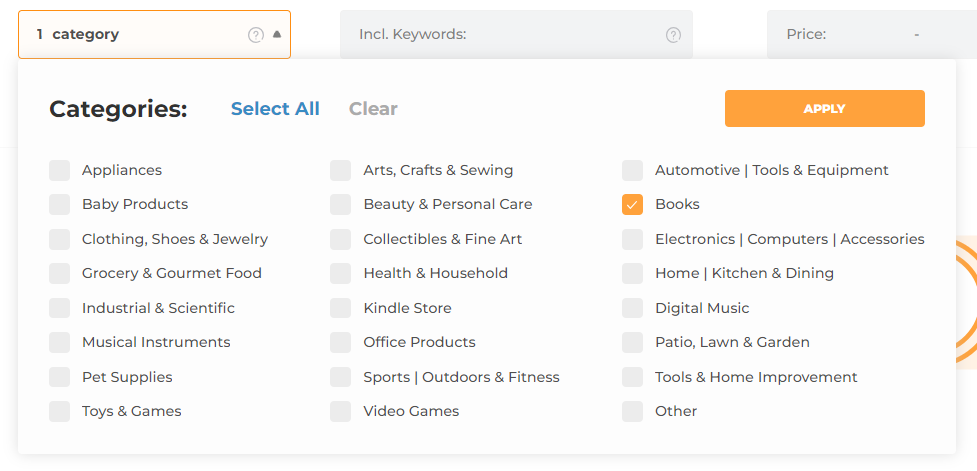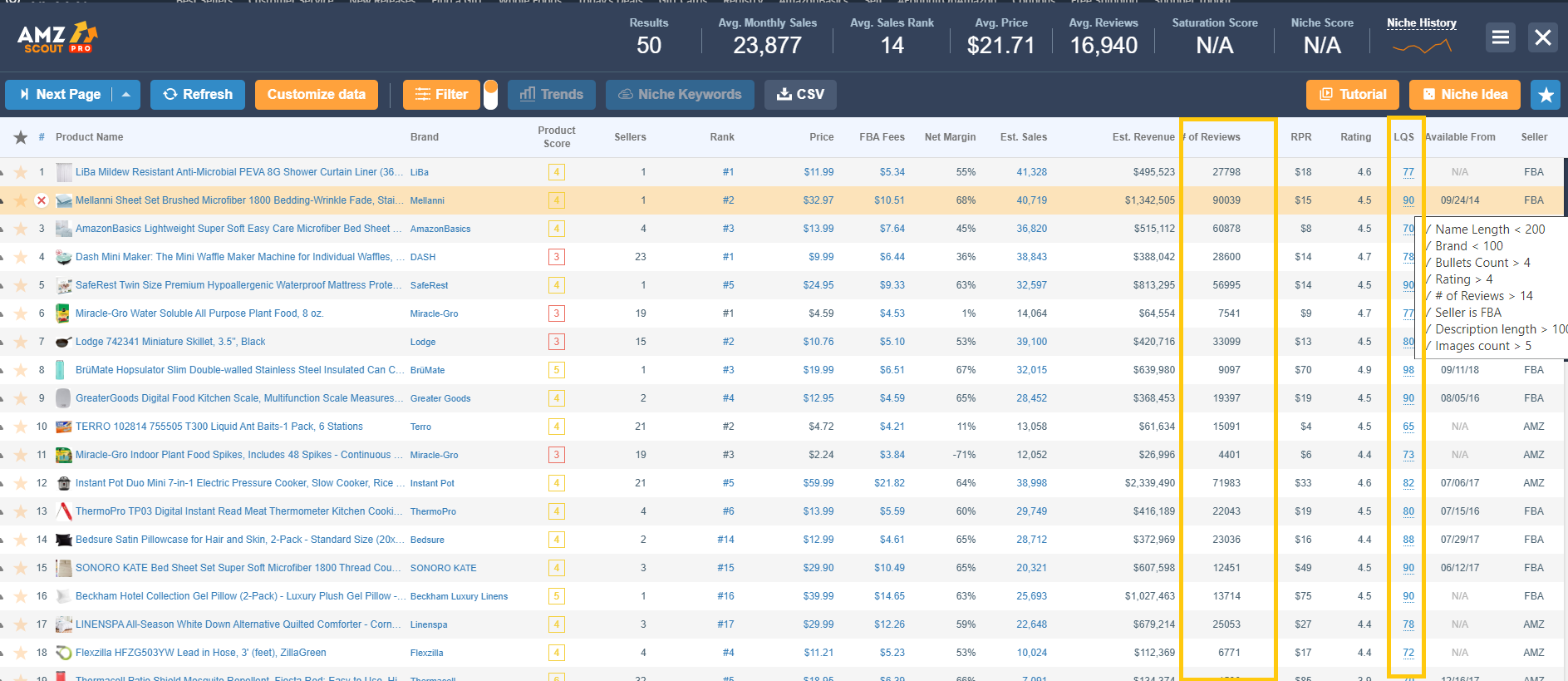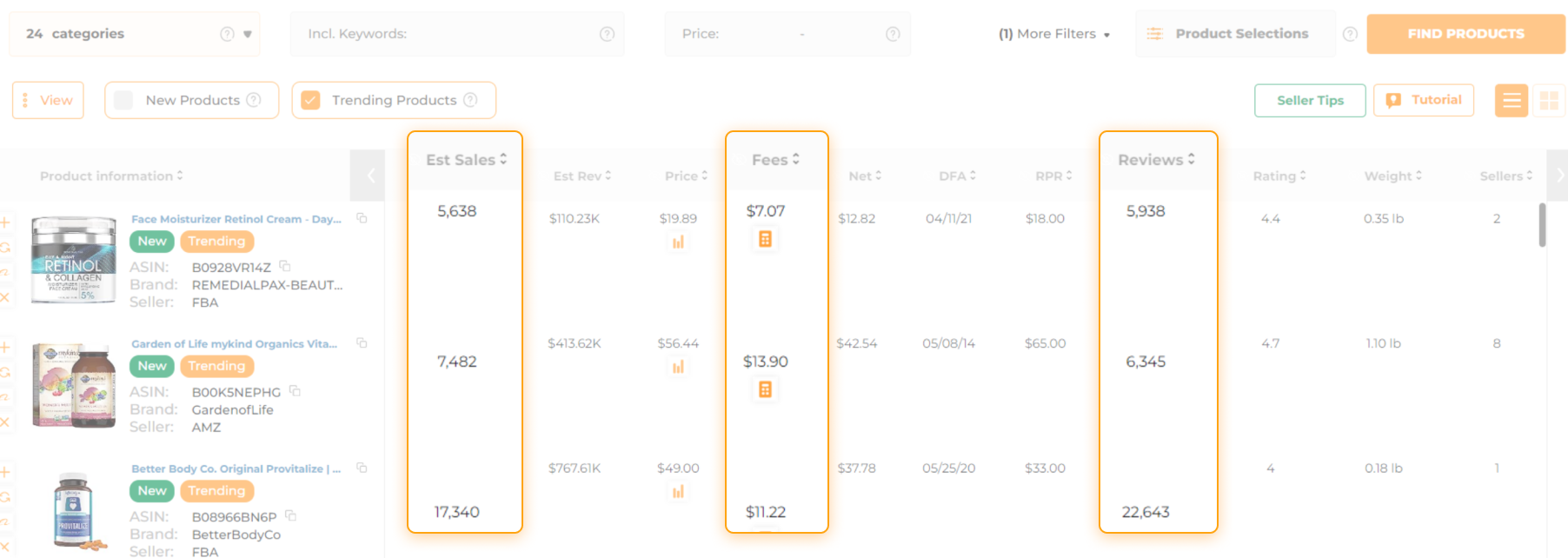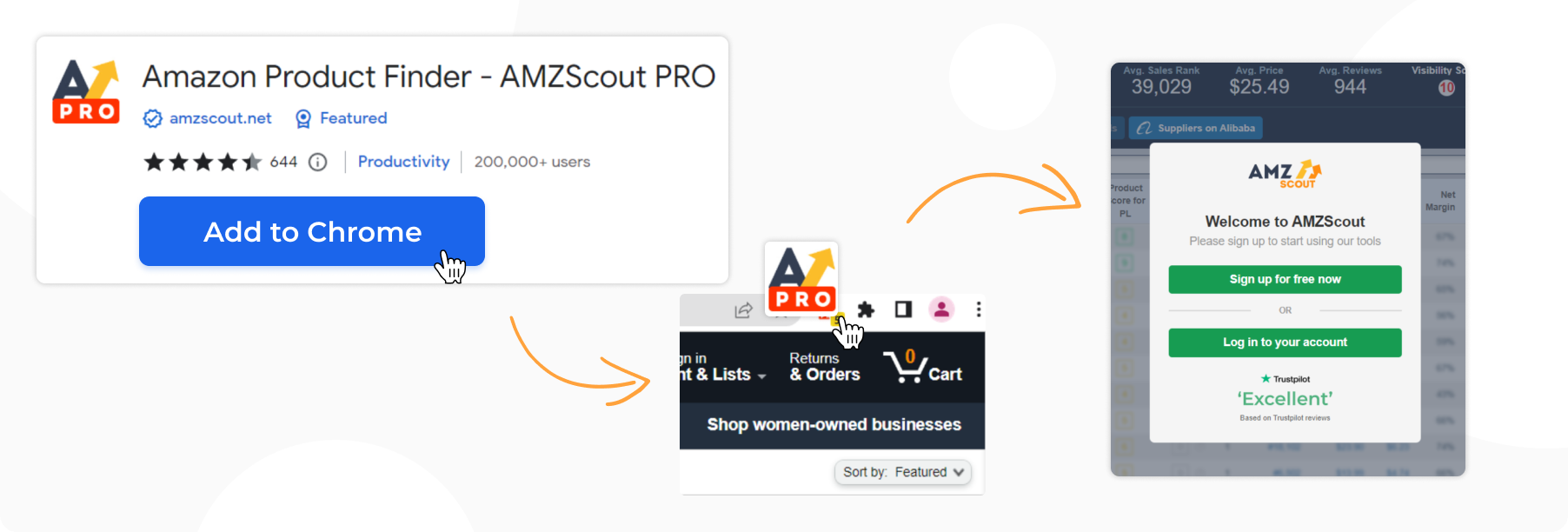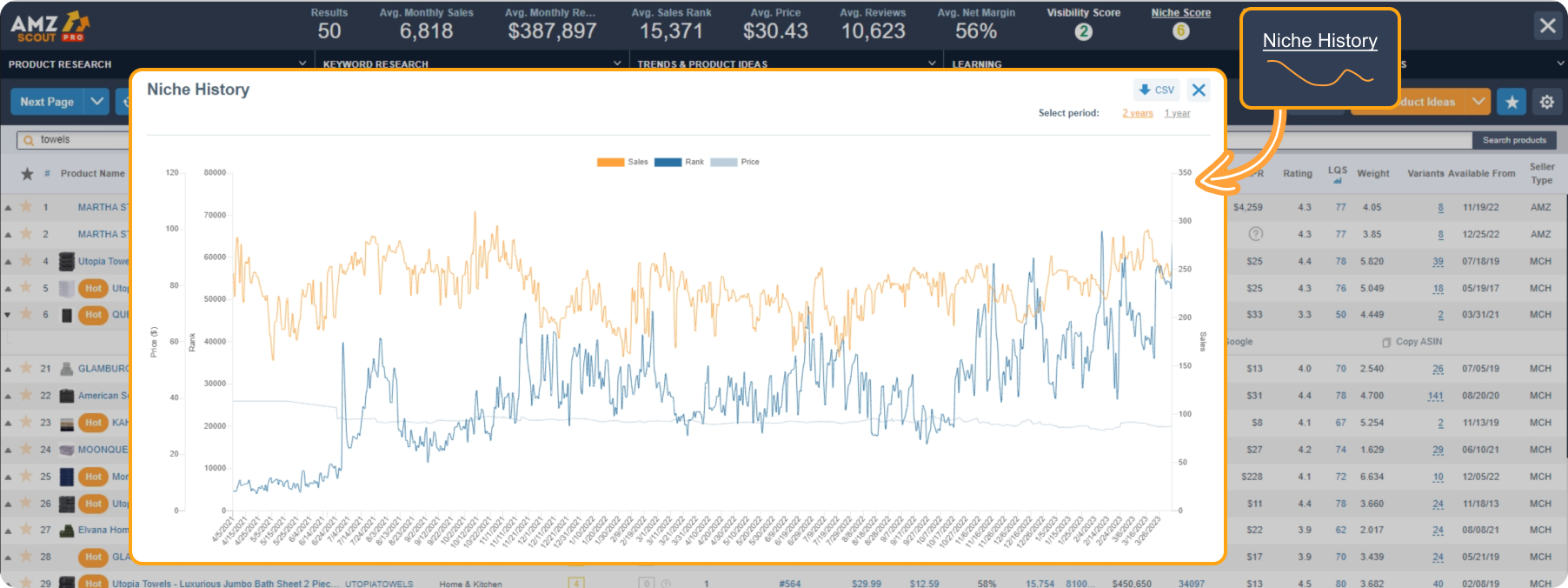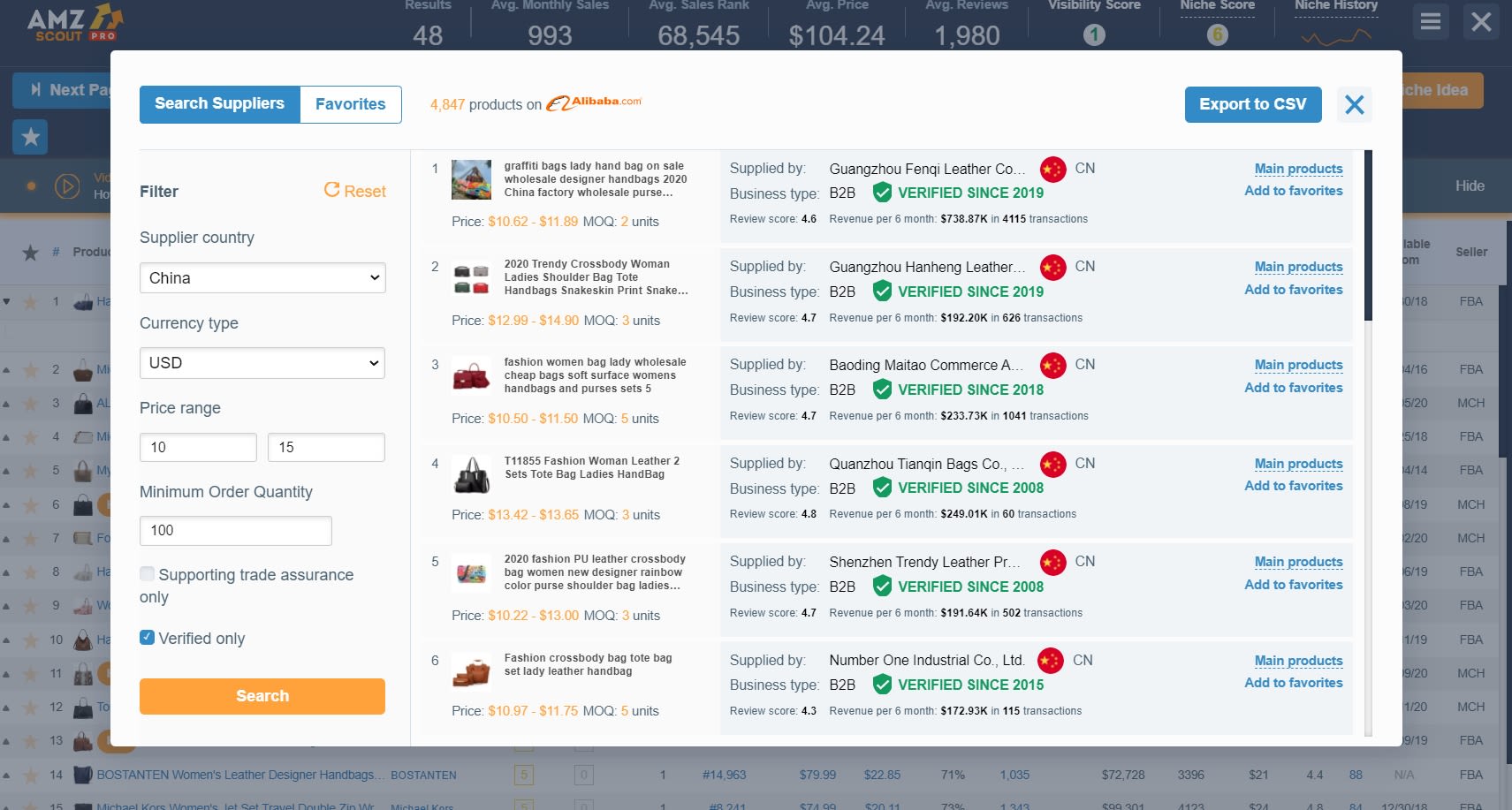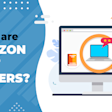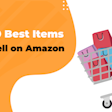Is It Profitable to Sell on Amazon in 2024: Real Amazon Seller Experience
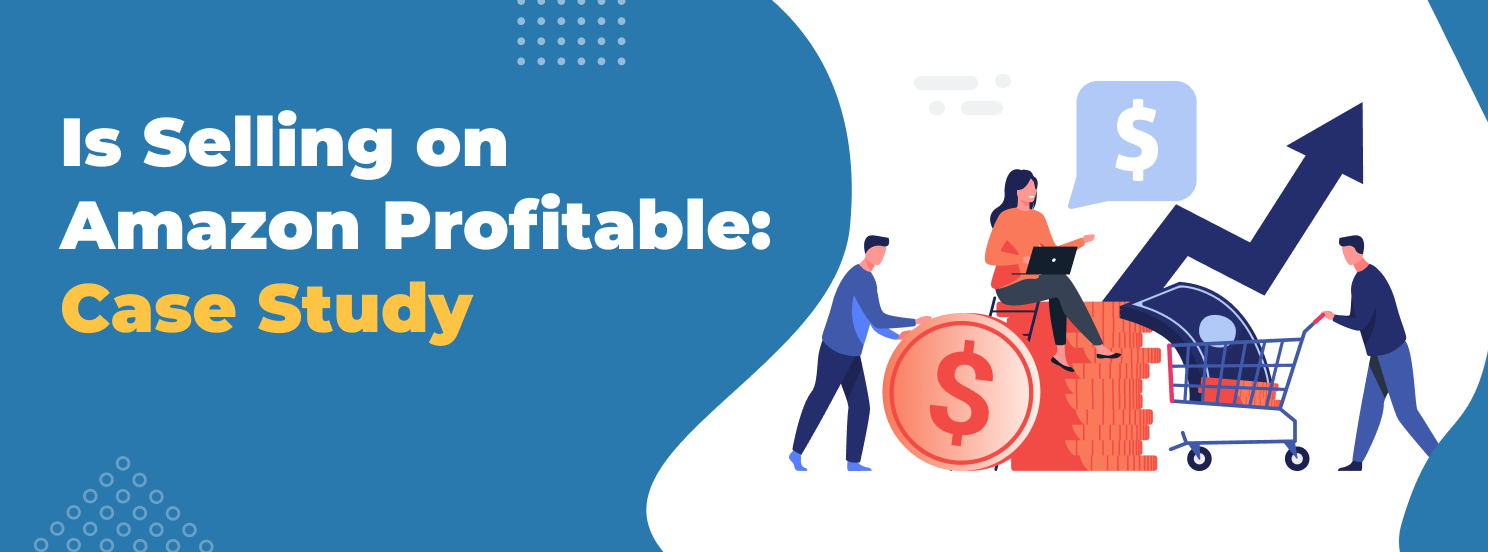
Amazon is one of the largest e-commerce platforms that offers lucrative opportunities for sellers. However, many newcomers question their ability to find their niche, stand out among competitors, and make money. I think I might be one of the few people who understands this problem better than most. Let me introduce myself: my name is Joie Roberts and I'm a seven-figure Amazon seller.
In 2017, I launched my own Amazon startup, but my first product failed, being a waste of both time and money. But I refused to lose hope - I learned from my mistakes, adjusted my strategy, and turned $0 into $2 million in just one year.
Now, I’m the proud owner of an Amazon business empire that generates multi-million-dollar profits. Based on my personal experience, I can attest that with the right approach, you can earn revenue this way too.
Today, I’m here to share the nuances of this business and guide you towards success.
Table of contents
Who Is Joie Roberts?
Initially, my line of work was in television and marketing. I had an interesting job that paid well. But I wanted independence, so I decided to try selling on Amazon. Unfortunately, I encountered immediate failure, and stepped away from this idea for the next three years.
In 2020, during the pandemic, I returned to this venture, and this time I was determined to do it right. I found a great analytics tool to help me relaunch my business. Today, I’m an experienced Amazon seller, and I help others to learn how to sell on Amazon.
Can Selling on Amazon Be Profitable in 2024?
As a mentor, I often hear my students ask, “Is it profitable to sell on Amazon?” Yes, Amazon's growth provides gainful opportunities, with over half of all sellers making an average profit margin above 15%. While most earn at least $1,000/month, and others like myself make millions each year, there are still risks involved.
After my initial product failed, resulting in a loss of only $500, I realized it could have been much worse. Let's take a look at what went wrong with that product, the lessons I learned from my experience, and how I went on to earn substantial income.
My First Failed Product
When I became a mother, I recognized the need for a stroller strap that could provide better control on rough terrain. Driven by passion, I decided to sell this item on Amazon. Excitedly, I invested in inventory and branded it with my logo, but it didn't generate any profits. My main mistake was selling a “passion product” without conducting proper product research first.
It was a vicious cycle: the product's low margin meant I didn’t have enough money for advertising. Without marketing, sales for my product remained low and it got lost among those from competitors. Additionally, the product itself lacked any prospect for innovation, making it impossible to stand out.
If I had used a product research tool back then, I would have quickly realized in just two minutes that my product wasn't profitable. So when I relaunched my Amazon business the second time, I decided to use the AMZScout PRO Extension to evaluate the potential success rates of various Amazon products. This software provides detailed insights into specific products and their respective niches, as it enables users to evaluate whether a given product can generate high profits.
Let me demonstrate this, using the example of my failed product:
In 2017, I purchased my product for $2 and sold it for $7, with a 70% margin ($5). I thought a 70% profit margin would be really strong, but I didn't think about all of the extra costs that come with each sale, such as Amazon FBA fees, a commission on sales (usually around 15%), supplier delivery, and import tax expenses. As a result, my profit margin dwindled to nearly zero.
Recently in 2024, I decided to take another look at this product. I noticed that prices were higher than in 2017, but the net margin had fallen way below 70%. I used the Profit Calculator feature from the AMZScout PRO Extension to check the profit per unit. The results showed that the product was even less profitable in 2024 than it was back in 2017. This analysis highlighted that the fees associated with the product would decimate my profit margin. The tool confirmed that this product idea was indeed a failure.
Such a tight margin makes it difficult to allocate funds for advertising. Without PPC, promoting the product becomes hard, hindering revenue generation. Additionally, any unexpected changes, such as a supplier price increase, extra fulfillment costs, or import taxes, can result in losses.
Statistics indicate that 60% of Amazon sellers achieve profitability. Previously, I could have fallen into the 40% of unsuccessful sellers, but luckily I recognized the inadequacy of my product in time. Then I made the decision to shift my focus from passion products to a more fact-based strategy, leading me to discover a set of gold-mining software in the form of the AMZScout toolkit. This resource became instrumental in helping me identify profitable things to sell on Amazon.
In the next section, I'll share the guide I followed to help me maximize my profits, ultimately reaching seven-figure sales.
How I Maximize My Profits
Selecting the right product for your store is a crucial component of a successful strategy. Allow me to illustrate, using my own experience. After my initial fail, I set new, contrasting goals, including:
Generating a profit of at least $100/unit instead of $5/unit
Listing the product on Amazon for at least $200 instead of $7
Sourcing the product from suppliers at a cost ranging from $50 to $70 instead of $2
With these objectives in mind, I began to conduct my research. Outdoor sports products caught my attention, due to their high market demand. I carefully chose a product and brainstormed ways to justify a higher price point and increase profitability.
Here are the steps I took:
Competitor Analysis: I researched customer reviews of my competitors' products to get a better understanding of their pros and cons.
Design and Innovation: I retained all of the benefits of the product while enhancing its appeal with a unique, modern design. I reviewed customers’ complaints about certain features that made the product uncomfortable to use and found innovative ways to improve these issues.
Advertising: I invested in PPC ahead of the holiday season, thinking my product would make an ideal gift.
This product brought me $2 million in 12 months, reinforcing that I had chosen an optimal product and strategy. Let's now explore how to find a product that's worth it.
Product Research
When I'm looking for profitable product ideas to sell, I rely on the AMZScout Product Database. With over 600 million Amazon products available, this tool helps me generate a comprehensive list of potential items available on Amazon.
Here's how to use it:
Step 1. Go to the AMZScout Product Database. Enter your email address to start a free trial.
Step 2. Enter your product criteria. There are 16 filters to help you narrow down your search. I personally use the following ones:
Category. With 24 categories from which to choose, I prefer those with high margins such as Clothes & Jewelry, Grocery & Gourmet food, Sports & Outdoors, and Fitness.
Price. I typically select a price range starting from $200 to ensure that the item has a high margin.
Rating. I search for products with ratings of 4.5 or higher to ensure the best quality.
Keywords. Occasionally, I use ChatGPT to generate upscale product ideas. Then I include terms it generates in my product search (for example, "designer shirts" or "vintage books").
Listing Quality Score. AMZScout scores listings from 1-100. These scores reflect each listing’s adherence to Amazon guidelines, the number of reviews, and seller type, which all influence product visibility and appeal. I look for products with a listing score ranging from 1 to 50, indicating ample opportunity to enhance the listing compared to competitors and make my product stand out.
Step 3. Check the results. Click “Find Products” to generate a list of products that meet your criteria.
Make note of any products that appear to be promising. To assess the level of demand for the product and the profitability within the niche, use the AMZScout PRO Extension.
Simply follow these steps:
Step 1. Install the AMZScout PRO Extension for Chrome.
Step 2. Search for a product. Enter the name of a product from your primary product ideas found in the AMZScout Product Database.
Step 3. Open the AMZScout PRO Extension. Click on the AMZScout icon in the upper corner of your browser.
Step 4. Evaluate the niche’s performance. Click on the following buttons located in the upper right-hand corner of the page:
Niche History: This visual graph presents sales statistics over a specific period of time, allowing you to assess the trend dynamics and demand potential.
Niche Score: There is an overview of the overall potential viability of the niche. The text explanation will detail the likelihood of generating a profit, whether demand at this level can ensure stable sales, and the intensity of competition within the niche.
Step 5. Check an individual item’s potential. Click Product History below the item you're interested in. This will allow you to review its sales history. If the trend is either growing or stable, this indicates that the product has sales potential.
Step 6. Calculate profit. Click the Profit Calculator option, located under the item. This tool allows you to estimate the profit per unit. My favorable margin typically begins at $100 per unit.
Step 7. Find suppliers. Simply click “Find on Alibaba” to view a list of suppliers. I suggest exploring both local and overseas options to optimize inventory management.

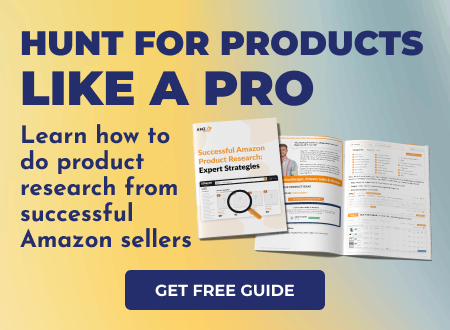
Outsmart Your Competitors
Once you have found a promising product, it’s crucial to outperform your competitors. To do this, I review customer feedback on competitors' products regularly and gather feedback from friends and family to help me identify opportunities for expansion or product development.
Providing exceptional customer service is also essential. I make sure to address any inquiries promptly and provide informative and helpful information to enhance customer satisfaction.
As I collaborate with suppliers from Alibaba, I frequently request customization and enhancements for my products frequently. I emphasize the unique features and benefits of my products in my listings and on social media platforms to promote them effectively.
Regarding promotion, let's explore some marketing strategies in the next section.
Marketing
Having a quality product or service is just the beginning, as you need to showcase it to your audience effectively as well. Here are a few criteria to consider when developing a marketing strategy:
Target audience. Understanding your audience allows you to tailor your PPC campaigns to reach the right audience and maximize your response.
Promotional channels. Consider utilizing various channels such as Google Ads, influencer partnerships, email marketing, and more to promote your product effectively.
Keyword research. Identify keywords, ensuring that they align with your product's value proposition and resonate with your target audience. By incorporating these keywords strategically throughout your listing, you can enhance your product's visibility among search results and attract organic traffic to your store.
Seasonality. For instance, my product made an ideal gift for Father's Day, so I invested in ads on the night before the holiday. By one week before the holiday, I had already sold out all the units.
Pricing. If the profit margin falls below your desired threshold, consider increasing the price of the product to maintain profitability.
However, I could have potentially earned even more if I hadn't sold out of all units before the holiday, allowing for sales to continue for an additional week. This underscores the importance of effective inventory management. Let's explore this further.
Inventory Management
As illustrated in my example above, despite the potential to sell more of my successful product, it ran out of stock. To address this challenge in inventory management now, I follow these steps:
Set sales goals. Establish specific targets for daily, weekly, and monthly sales to ensure profitability and efficient inventory turnover.
Work with multiple suppliers. Diversifying your supplier base reduces the risk of stockouts and ensures timely product availability, giving you increased flexibility when it comes to sourcing products.
Maintain stock levels. Monitor your inventory quantities regularly to help you prevent stockouts and avoid potential negative reviews due to unavailable items, which could impact your ranking and sales performance.
By implementing these strategies, you can optimize your inventory management process and maximize the success of your Amazon business.
How Long Does It Take to Become Profitable on Amazon?
Success on Amazon hinges on multiple factors like your chosen business model, product selection, and competition. While it typically takes up to two years for consistent sales, with the right strategy, profitability can be reached within months.
After discovering my product's seasonal demand, I adjusted my inventory and invested in advertising. This strategy led to solid profits within months and a $2 million income within a year. Thorough research and planning are key to prosperity.
Conclusion
If you're looking to launch your business on Amazon, follow my guide on how to research products and increase profits. Utilize the AMZScout toolkit, and you'll avoid making the same mistakes I did, and start making money right away. My experience proves that even after experiencing failure, with the right strategy, you can achieve financial success.


